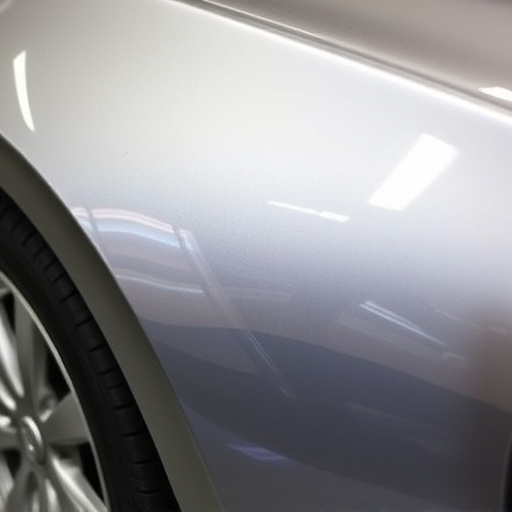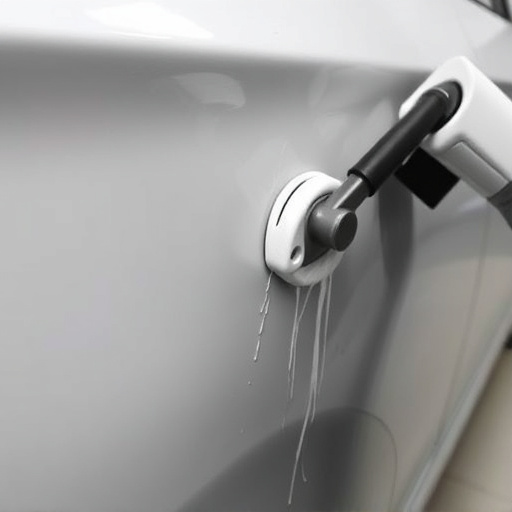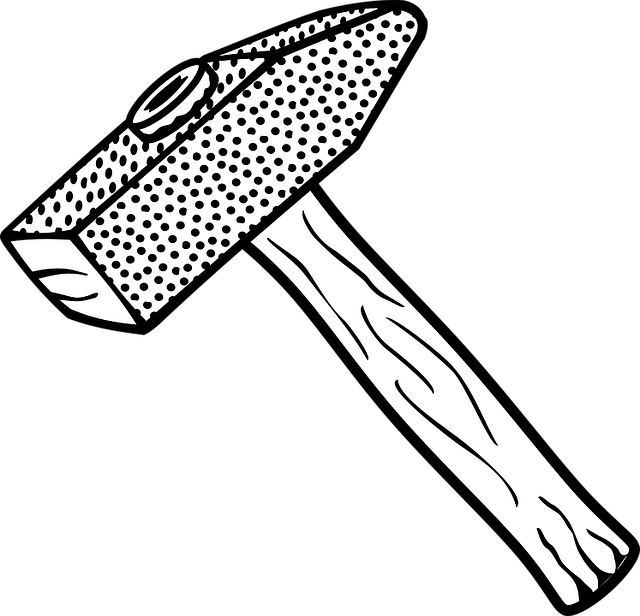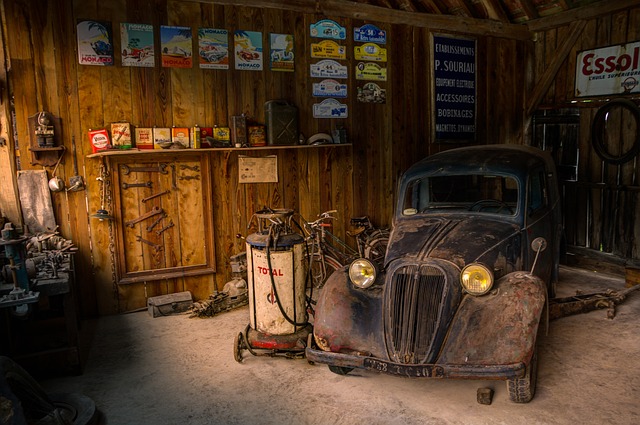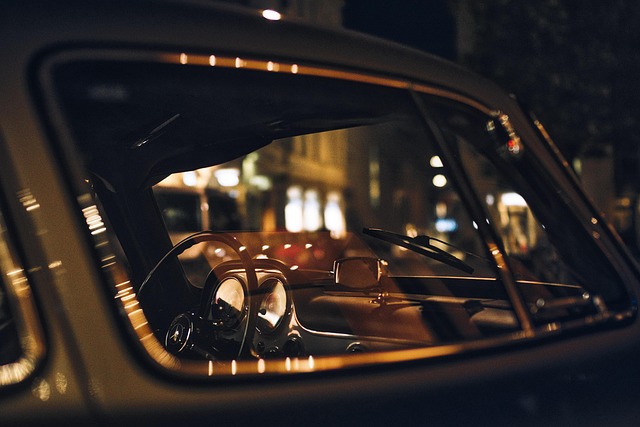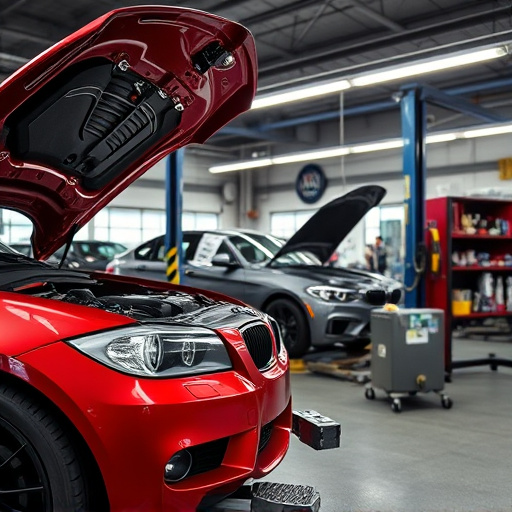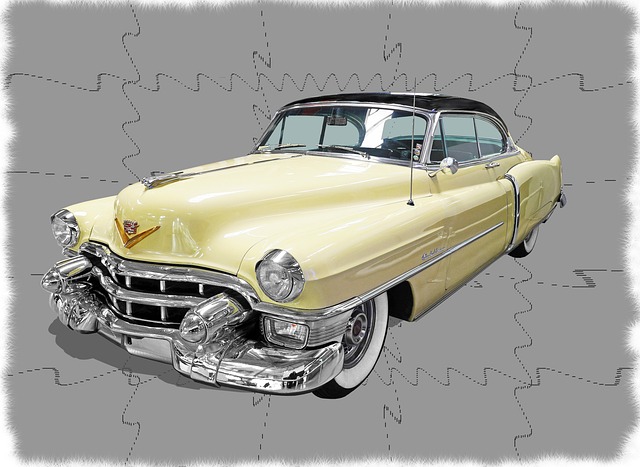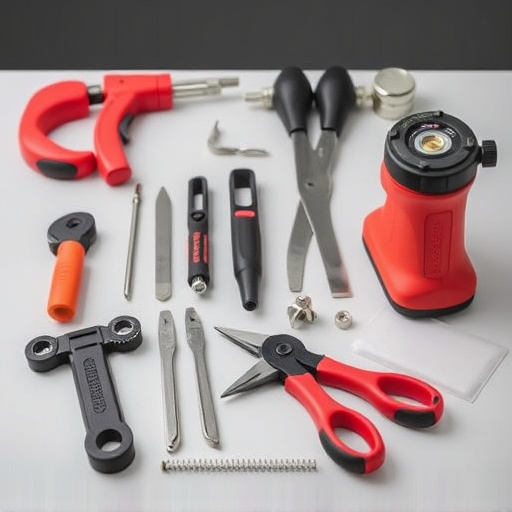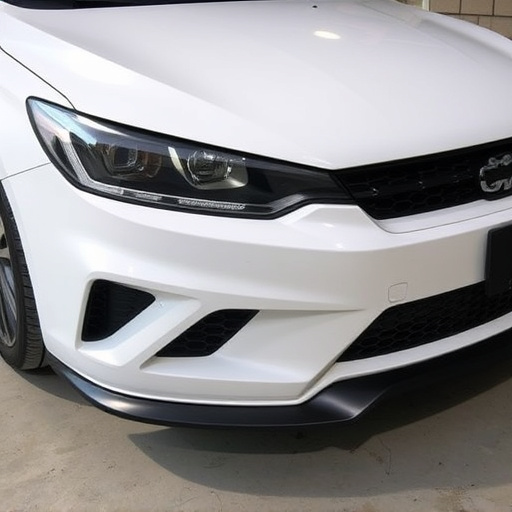Vehicle color matching goes beyond personal preference, heavily influenced by psychological factors that evoke specific emotions and associations. Research shows these preferences impact purchasing decisions, with warm tones like red and orange for sportier models, and cooler hues like blue and green for family cars. Cultural influences, past experiences, and the availability of reliable car repair services also shape choices. Customers prioritize color matching based on personal style, cultural factors, and practical considerations. Auto body shops must understand these dynamics to provide collision repairs that preserve or enhance aesthetic appeal, ensuring customer satisfaction through tailored customization options.
Vehicle color matching plays a pivotal role in shaping customer satisfaction, with psychological factors and technological advancements influencing purchase decisions. This article delves into the intricate relationship between vehicle color preferences, symbolism, and cultural trends, while exploring modern techniques for precise replication. We present compelling case studies, highlighting successful and failed examples, and offer best practices for manufacturers to optimize customer experience through impeccable vehicle color matching. Understanding these dynamics is crucial for navigating the competitive automotive market.
- The Psychology Behind Vehicle Color Preferences
- – Explore the factors influencing customer choices
- – Discuss color symbolism and cultural trends in car purchasing
The Psychology Behind Vehicle Color Preferences

Vehicle color preferences are deeply rooted in psychological factors that influence how individuals perceive and interact with their surroundings. Research suggests that color choices can evoke specific emotions and associations, which play a significant role in purchasing decisions, especially when it comes to vehicles. For instance, warm tones like red and orange can stimulate energy and excitement, making these colors popular for sportier models, while cooler hues like blue and green evoke feelings of calmness and tranquility, often preferred for family cars.
The psychology behind vehicle color matching extends beyond personal aesthetics. Past experiences and cultural influences also shape preferences. Bright, vibrant colors might remind someone of carefree childhood days, while more subdued tones could be associated with professionalism and sophistication. Moreover, the availability and accessibility of certain colors through reliable car repair services or specialized car restoration processes can further impact customer satisfaction, as they enable buyers to achieve their desired vehicle color matching precisely.
– Explore the factors influencing customer choices

When it comes to making a purchasing decision, customers often find themselves drawn to options that align with their personal preferences and unique identities. In the automotive sector, this translates into an interest in finding the perfect vehicle color matching. Beyond mere aesthetics, several factors influence customer choices in this regard. One of the primary considerations is personal style; individuals may prefer vibrant, bold colors that reflect their adventurous spirit or opt for classic, neutral shades that convey a sense of sophistication.
Additionally, cultural and societal influences play a significant role. Trends in automotive design and color palettes often evolve based on these factors, impacting consumer choices. Moreover, practical considerations such as visibility, durability, and how well the color complements various weather conditions also affect preferences. In the realm of automotive repair and car body shop services, understanding these influences is crucial for ensuring customer satisfaction post-service or purchase, as the right collision repair can enhance not just the vehicle’s functionality but its aesthetic appeal as well.
– Discuss color symbolism and cultural trends in car purchasing

Color plays a significant role in shaping customer preferences when it comes to vehicle purchases. Symbolism attached to different hues varies across cultures and can influence buying decisions. For instance, red is often associated with passion, power, and excitement, making it a popular choice for those seeking an energetic driving experience. On the other hand, white is commonly linked to purity, cleanliness, and simplicity, appealing to buyers who prioritize aesthetics and modern aesthetics in their vehicles.
Cultural trends also significantly impact vehicle color matching. In some societies, specific colors carry traditional or religious significance, influencing consumer choices. For example, in certain Asian cultures, silver is considered a lucky color, while in others, it might be more associated with modernity and sleekness. Trends in fashion and popular culture can also dictate what colors are ‘in’ at any given time, affecting the demand for particular vehicle paint jobs. This dynamic nature of color preferences necessitates auto body shops to stay updated on the latest trends and offer customization options to cater to diverse customer tastes, especially when it comes to fender repair and auto painting services.
Vehicle color matching plays a significant role in enhancing customer satisfaction. Understanding the psychology behind color preferences, including symbolic meanings and cultural trends, allows dealerships to offer tailored choices that resonate with buyers. By aligning vehicle colors with individual tastes and broader cultural norms, dealers can foster positive emotions, increase trust, and ultimately drive sales, ensuring a satisfying experience for every customer.
